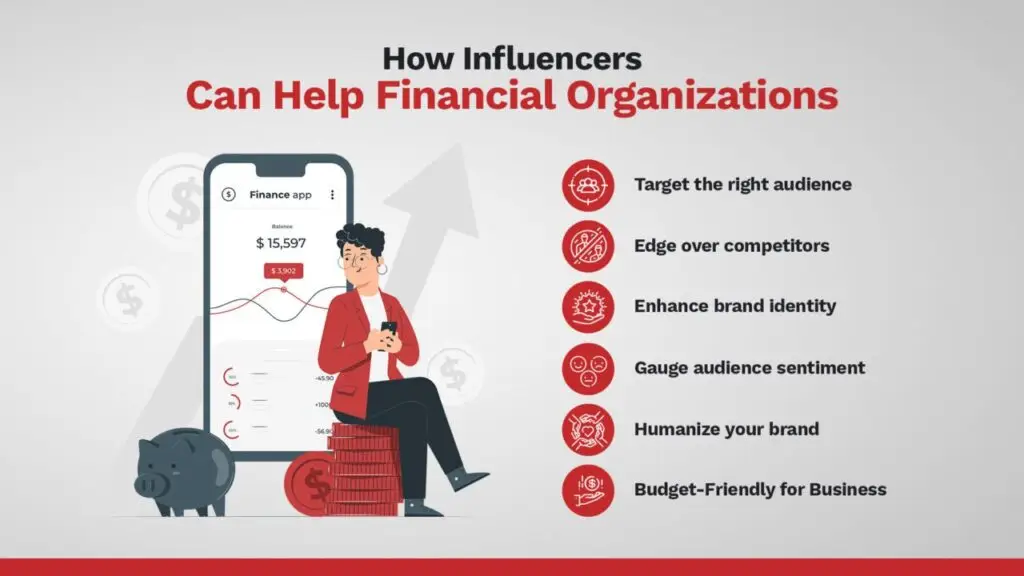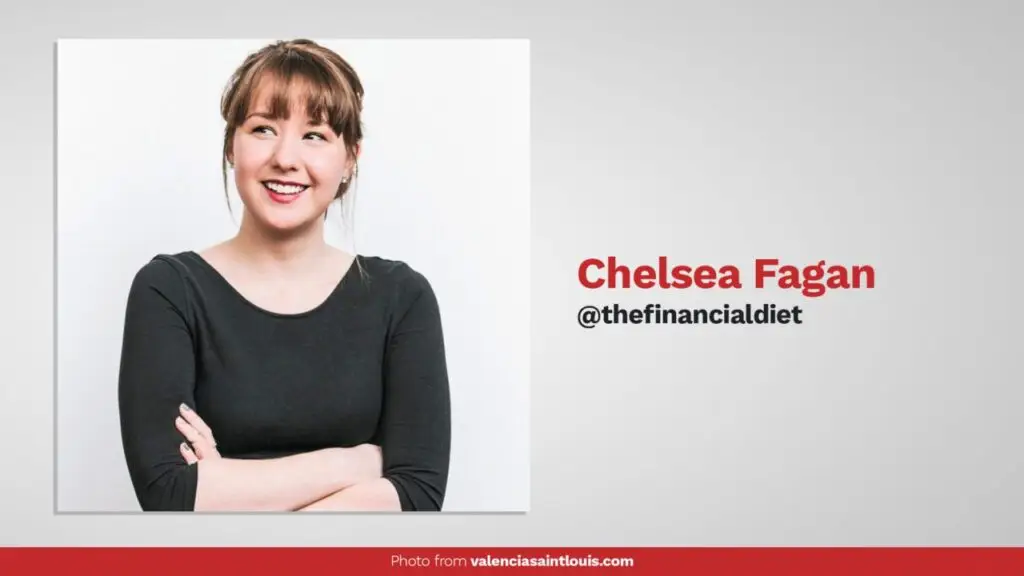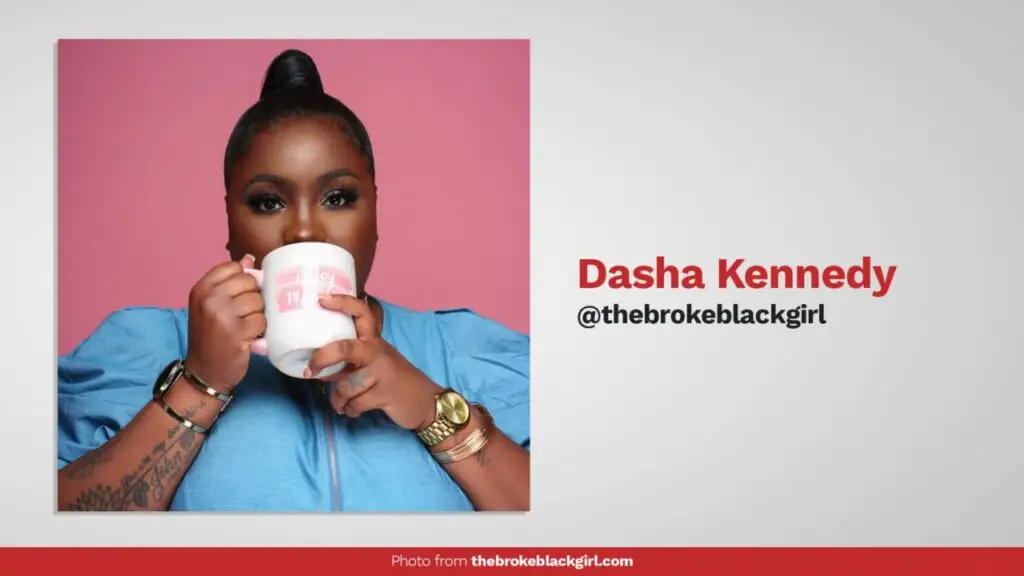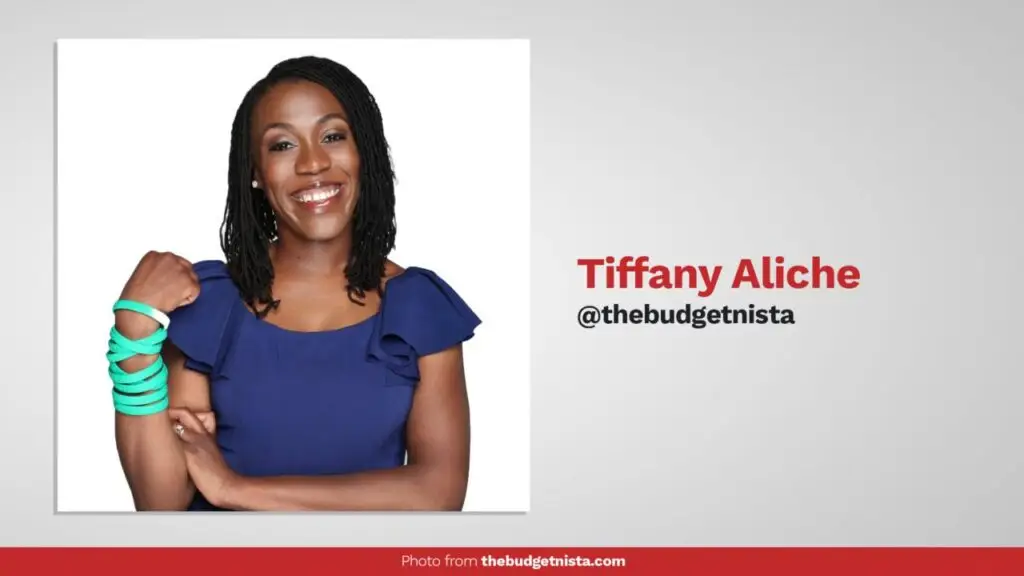The use of social media platforms is increasing day by day, and so are the way of meeting these new customer wants and needs. Surely the value social media adds to users’ lives is more evident than ever.
According to a report from Kepios, the total number of social media users in 2022 summed up to 4.7 billion, which is around 59% of the global population.
So, this is evidently a great hub for brands to familiarize people with their brands and turn them into potential customers. Brands are coming up with new ideas every day to attract a greater customer base.
One of the known ways of such marketing through social media is ‘Influencer Marketing.’
Collaboration with trusted industry experts and influencers is a great approach for decision-makers to be led through the customer journey by influencer marketing.
Most of the brands we know of using influencer marketing are fashion and lifestyle brands. But this trend didn’t go unnoticed, and many financial organizations have entered this pool, too, with some already making a huge splash to announce their arrival.
Banks, financial software firms, and everything in between have been persuaded to jump on board the influencer marketing train because of the digital change sweeping in and changing how businesses function and engage with consumers.
It is quite a big step for financial services brands to come out of their marketing comfort zone and acknowledge the shift in marketing trends by shifting to a more digital approach.
This will help familiarize more people with their services and help to stay on top of their target customer’s minds. Apart from that, this will help accelerate sales and build brand authority.
How Influencer Marketing Looks Like in the Finance Industry

The financial services sector has historically used more traditional and formulaic marketing strategies but has recently switched to influencer marketing.
Financial service companies can use influencer marketing to reach the right audiences by telling relatable stories about everyday financial experiences – questions, worries, ideas, actions, and successes – on a human-to-human level.
They can also use the connections that the content creators or influencers have made with their audiences to establish credibility, which will ultimately increase brand awareness and consideration.
How Influencers Can Help Financial Organizations

It is still unclear to a lot of people as to why financial organizations need marketing on social media or why influencer marketing in Banking, Financial Services, and Insurance (BFSI) is beneficial and needed:
Target the Right Audience
The financial niche requires a specific audience base who seek financial knowledge or are intrigued by financial freedom and other things related to finance. As social media is crowded with content from various sectors, it is crucial to deliver your content to reach the right target audience.
And financial influencers are just the right people to do it.
Edge over Competitors
Every industry has several brands and or organizations, and they are always up for getting an edge over the other. And financial organizations are no exception.
Financial influencers can better connect with the audience, which will help place the brands’ names on top of people’s minds.
Besides, an active social media presence with a known financial influencer will also help to generate credibility with the audience.
Enhance Brand Identity
By opting for influencer marketing, a brand can change the way people perceive them. Brands can opt for a unique approach to content sharing through the influencers, whichever way they deem effective, to reach a wider audience and enhance their brand identity.
Gauge Audience Sentiment
It’s easy to operate according to what you believe your customers desire when you don’t interact with them frequently, and you won’t even understand what went wrong for your business.
With the help of influencer marketing, financial institutions can also understand what their target audience thinks about them.
Working on the insights, the influencers can create better contents that will cater to the audience’s demands. It also establishes a communication loop in which you can give feedback to your product teams to optimize existing offerings.
Humanize Your Brand
It cannot be overstated how important it is to be approachable and available in today’s crowded digital world. Without these qualities, you run the danger of alienating the very people you’re trying to reach.
Influencer marketing lends humanity and relatability to your brand, enhancing consumer affinity for it.
Budget-Friendly for Business
With the offering that it comes with, influencer marketing is quite a cheap option if compared to the traditional approaches that financial organizations opt for in their marketing.
Besides, those approaches don’t have any scope to interact with the audiences, which is very crucial for customers nowadays. So, considering these, the influencer marketing campaign is the obvious value-for-money option.
How To Frame an Effective Influencer Marketing Strategy
Influencer marketing can undoubtedly benefit the BFSI sector greatly, but developing an effective strategy is another crucial issue that needs consideration.
Know Your Target Audience
To achieve the desired effects, influencer marketing campaigns must be targeted to the appropriate audience. Financial institutions must be very careful about the demographics they are aiming at, or the entire campaign could fail.
Understand the Goal and Objectives
Influencer marketing for financial services needs to have goals and objectives, so organizations must know what they want to achieve as a brand and what is in it for the audience through an influencer marketing campaign.
Users search for financial services to gain knowledge or seek information mostly. So adding a bit of humor to ease up the content is pretty okay, but it is to be taken care of so that the content doesn’t end up being a full-on entertainment one.
Structure Content in the Right Way
From blogs to videos, you can create any type of content on social media platforms. But it is imperative that you choose the right kind of content that will meet your audience’s demands and expectations.
Additionally, it is important to see to it that the content type you choose works well for the social media platforms you have selected.
Maintain Consistent Quality of Contents
Over the years, the financial services industry has got a bad reputation for the stuffy jargoned-fill content some brands pump out, turning off prospective customers.
But this circumstance offers your company the potential to stand out. Be thoughtful about the positioning of your content and only publish pieces that will motivate and inspire your audience.
Think about how each piece can educate your target audience and get them one step closer to the sale for long-term outcomes. Besides, it is very important that your influencer marketing campaign has a consistent content strategy laid out for the influencers.
Just because one or two contents performed well doesn’t mean your whole campaign was successful, rather, a consistent well-performing series of content will help you gather the attention of your audience.
Video Content to Connect with an Audience
Video content is highly recommended for influencer marketing for financial services. Videos keep the audience engaged and help you convey the message creatively.
For video content, it is best to collaborate with both mega- and micro-influencers. See to it that the video has all the necessary information and a clear ‘Call to Action.’ (CTA)
A Storytelling Approach Performs Better
Just curating a post that discusses your brand won’t do any good; rather, it always helps to include some sentiment in the post. Use a storytelling strategy for your content plan to engage the audience better. This strategy will also sound more approachable for your brand.
Choose the Right Influencers
Financial services must be very decisive in choosing the right kind of influencers for their influencer marketing campaign, not every influencer can convey the message that you want to send out.
Besides, it is important to check if your chosen influencer has enough credibility, a good number of followers, and a good understanding of the analytics and algorithm of the relevant social media platform.
Choose the Social Media Platforms that Suit Your Organization
Influencer marketing for financial services is tricky because it requires a careful selection of social media platforms. Once you figure out who your target audience is, it is necessary to see where they are active on.
To achieve the best outcomes, make sure to extend your influencer marketing campaign across a variety of social media platforms.
Analyze Your Competitors Before Implementing Your Strategy
Influencer marketing for financial products has become popular among several financial businesses. You can develop the best plan by researching your competition on social media.
By doing so, you will be aware of the influencers and content your rivals are posting and who they are working with. As a result, you can determine what aspects of your plan require improvement by keeping an eye on these factors.
Create a Campaign Brief
It is preferred that a detailed brief containing all the necessary details about the campaign is delivered to your chosen influencers to make sure they are on the same page as yours.
The campaign brief should contain details about the content structure, the number of contents on a weekly or monthly basis, the timeline of the campaign, and the platforms on which the campaign will be implemented.
Track the Campaign Performance
One of the most crucial points is tracking and analyzing previous campaigns’ historical performance. Social media analytics help you track how your content is performing with the audience.
Only when you analyze and measure the campaigns, you will come to know whether your strategy was successful. The analysis will also tell you where your brand campaign needs improvements and whether your choice of influencers can get your brand the desired response.
Taking the insights into account, it is important that the influencers create better content according to the demands of the audience.
Some Examples of Noteworthy Financial Influencers
Social media platforms are crowded with influencers, and it is hard to get legitimate and worthy finance influencers. Here are 10 noteworthy names to know in the financial influencers space:
Humphrey Yang (@HumphreyTalks)

Social Media Platforms- TikTok, YouTube, and Instagram
Expertise- Easy-to-get Investing and tax-related information
A former financial counselor turned content developer and influencer in personal finance, Humphrey Yang is one of the most prominent financial influencers out there. He didn’t find a large following on YouTube right away, but he did on TikTok. One of his most popular videos breaks down the difference between short- and long-term capital gains tax rates.
Another one of his first viral videos was a takedown on the costs of Hydro Flask, showing that most people buy for the branding and logo instead of the quality of the product.
Chelsea Fagan (@thefinancialdiet)

Social Media Platforms- Instagram, Twitter, and YouTube
Expertise- Basics of personal finance
The Financial Diet was started in 2014 by Chelsea Fagan as a personal financial blog. Since then, she has expanded it into a business devoted to boosting women’s confidence in handling their money.
The Financial Confessions, a podcast hosted by the business, features open discussions about money.
Delyanne Barros (@DelyanneTheMoneyCoach)
Social Media Platforms- Instagram, TikTok, and Twitter
Expertise- Investing & Stock Market
Influencer Delyanne Barros runs a website called “Delyanne The Money Coach.” She was an attorney before becoming a self-made millionaire, and most of her work teaches novice investors how to succeed in the stock market.
She works to open investment to those who might not normally do so. She places emphasis on the value of saving, investing, and managing money.
Most of her audience consists of Latina women who share the challenge of getting out of debt and want to improve their investment expertise by learning about the stock market.
Dasha Kennedy (@thebrokeblackgirl)

Social Media Platforms- Instagram, Facebook, and Twitter
Expertise- Debt dealing and building wealth
Dasha Kennedy is a personal finance advocate and influencer who is dedicated to empowering women financially. She draws on her own financial experiences to offer practical, helpful, and realistic advice.
Anthony O’Neal (@anthonyoneal)

Social Media Platforms- Instagram, Twitter, and YouTube
Expertise- Debt and Money management
Best-selling author and motivational speaker Anthony O’Neal also have a big YouTube following from his student finance advising videos. One of his major areas of focus is to guide students to get out of debt.
Tiffany Aliche (@thebudgetnista)

Social Media Platforms- Instagram, Twitter, YouTube, and Facebook
Expertise- Budgeting and personal finance management
The founder of the blog “The Budgetnista” and the author of the book “Get Good with Money”, Tiffany Aliche concentrates on the relationship between women and money, and she has assisted more than 1 million women globally in developing their financial literacy.
She and Mandi Woodruff-Santos are the co-hosts of the podcast “The Brown Ambition.”
She discusses financial issues succinctly and clearly. Along with dealing with problems like debt, she also interacts with her community by hosting a weekly “virtual water cooler” where she poses original questions.
Jeremy Schneider (@PersonalFinanceClub)

Social Media Platforms- Instagram and TikTok
Expertise- Investment and finance management
Jeremy Schneider gives his followers a crash course on the fundamentals of investing. His method of creating information is mostly visual; he breaks down difficult financial concepts into simple infographics.
Additionally, he excels in clarifying complex investment concepts while ensuring that the audience is aware of the implications of each financial choice.
If you’re new to investing and need some assistance setting up a strong foundation, this could be a fantastic place to start.
Anjie and RJ Muhammad (@richbyintention)

Social Media Platforms- Instagram and website/podcast
Expertise- Building wealth as a couple
Married couple Anjie and RJ Muhammad are aware of how crucial it is to be able to manage finances together, especially when accumulating wealth is the objective.
Together, they have paid off more than $100,000 in student loan debt, and they now assist other couples in managing their finances amicably by sharing what they’ve learned.
Couples who are having trouble paying off debt or figuring out their financial condition are a unique target audience for them. Additionally, they conduct podcast interviews with other major financial influencers about a range of monetary issues.
Conclusion
Influencer marketing is a cutting-edge and successful method for companies and brands to reach their target audiences. Companies can now increase the impact of the reach of their products/services by using the trust established by influencers.
This is indeed a great way for financial institutions to engage more with their customers. Familiarizing your brand or service through collaborating with influencers will provide you with much-needed insights into what your offering is lacking.
And that is what exactly financial organizations need right now!
